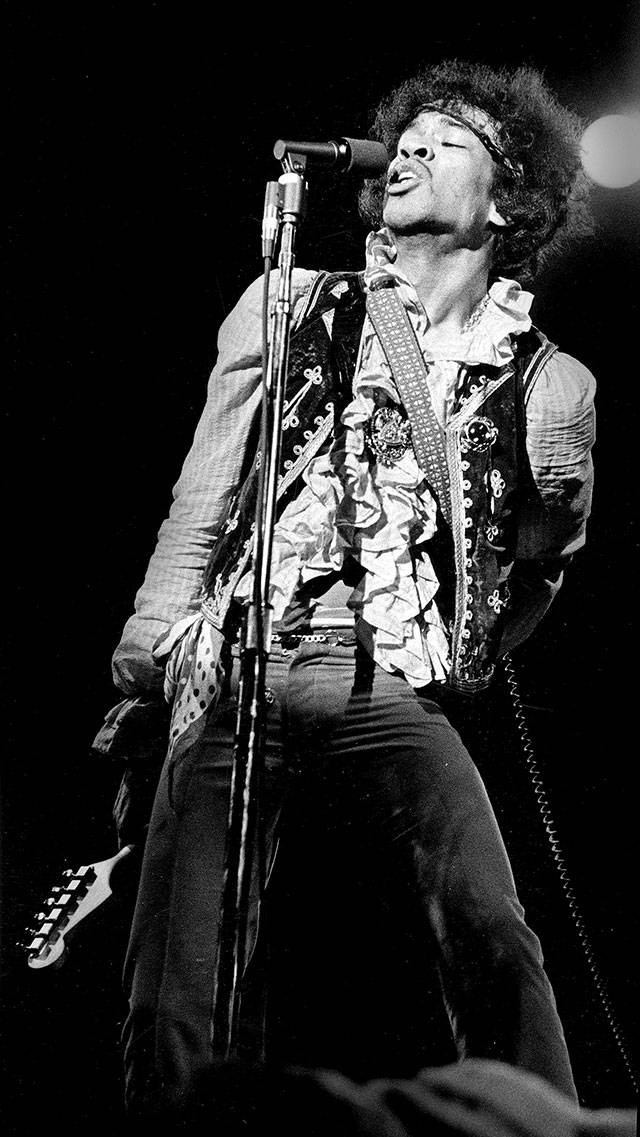By Jim Harrington / The Mercury News
SAN FRANCISCO — When you’re rocking out to Metallica at Outside Lands in San Francisco in August, or perhaps grooving to some hipster-approved dance-pop act at Southern California’s Coachella come spring, you might want to take a second to thank the Monterey Pop Festival.
Yes, the three-day event that took place way back in 1967 — and was captured in D.A. Pennebaker’s documentary “Monterey Pop” — had an immense impact on the music world that can still be felt a half-century later.
“This is pre-Woodstock. This is pre- all the other festivals,” says Gregg Perloff, whose Berkeley-based Another Planet Entertainment puts on Outside Lands and other large music events. “(Monterey Pop) legitimized that a large number of people could go to a music festival. It was the first of its kind.”
Now we get Part Two. In recognition of the original event’s mighty legacy, Norah Jones, Jack Johnson, Gary Clark Jr., Father John Misty and several other notable acts will perform at the 50th anniversary celebration of Monterey Pop. The 2017 edition takes place on the exact same dates and location as the original model — this weekend at the Monterey County Fairgrounds.
And while the original event was an untested concept, the new Monterey Pop is being presented by some of the most established names in the concert business — Another Planet, Los Angeles-based Goldenvoice (promoters of Coachella) and Lou Adler, a producer of the first festival, and his Monterey International Pop Festival Foundation.
“I don’t know how often something comes around and then comes back at 50,” says Adler, who is also a Rock and Roll Hall of Fame producer known for his work with The Mamas and the Papas, Carole King and Cheech and Chong. “I just thought it might be the right time, if there was going to be any time.”
The return comes at a time when the music festival circuit that Monterey Pop helped spawn is at a crossroads. While some festivals are doing banner business — Outside Lands and BottleRock Napa Valley draw sell-out crowds and the free Hardly Strictly Bluegrass brings in more than 500,000 fans each year — “there are others that quietly didn’t happen this year, or aren’t going to happen this year,” says Gary Bongiovanni, editor of concert industry publication Pollstar.
“Music festivals require a very large talent lineup,” Bongiovanni says. “And, the increasing number of festivals isn’t offset by an increase in the number of touring acts that people want to see.”
The original Monterey Pop took a gamble with a different approach and cast of acts — from the Grateful Dead and The Who to Jimi Hendrix, Janis Joplin and Otis Redding — who hadn’t broken out yet, but seemed on the verge.
At the time, people were used to seeing individual acts perform at dinky civic centers and small theaters. Monterey, in contrast, presented a cornucopia of artists in one large setting.
The highlights included Joplin’s incendiary performance, The Who’s Pete Townshend smashing his guitar during “My Generation,” and Jimi Hendrix burning his guitar during “Wild Thing.”
The 1967 event, which was inspired by the annual Monterey Jazz Festival held at the same site, also upped the ante in terms of production values at a rock concert.
“Prior to Monterey, you could show up at a venue and maybe one of the two speakers was working,” says Adler. “There’s that moment in ‘Monterey,’ in Pennebaker’s film, when David Crosby at a sound check says, ‘At last, a good sound system.’ What we set out to do was (provide) the best possible conditions for the performers and the audience.”
Monterey Pop also provided the artists with a place to meet and compare notes. That might not sound so revolutionary in the social media age, but in 1967, there wasn’t a whole lot of interaction going on between musicians living in different parts of the world.
However, at Adler’s gathering, rising stars from Los Angeles, San Francisco, England and elsewhere had the opportunity to not just watch each other perform, but also to begin plotting the path for rock’s future. They began exchanging ideas, Adler says, and the common thread was “giving the art back to the performer.”
Talk to us
> Give us your news tips.
> Send us a letter to the editor.
> More Herald contact information.

























